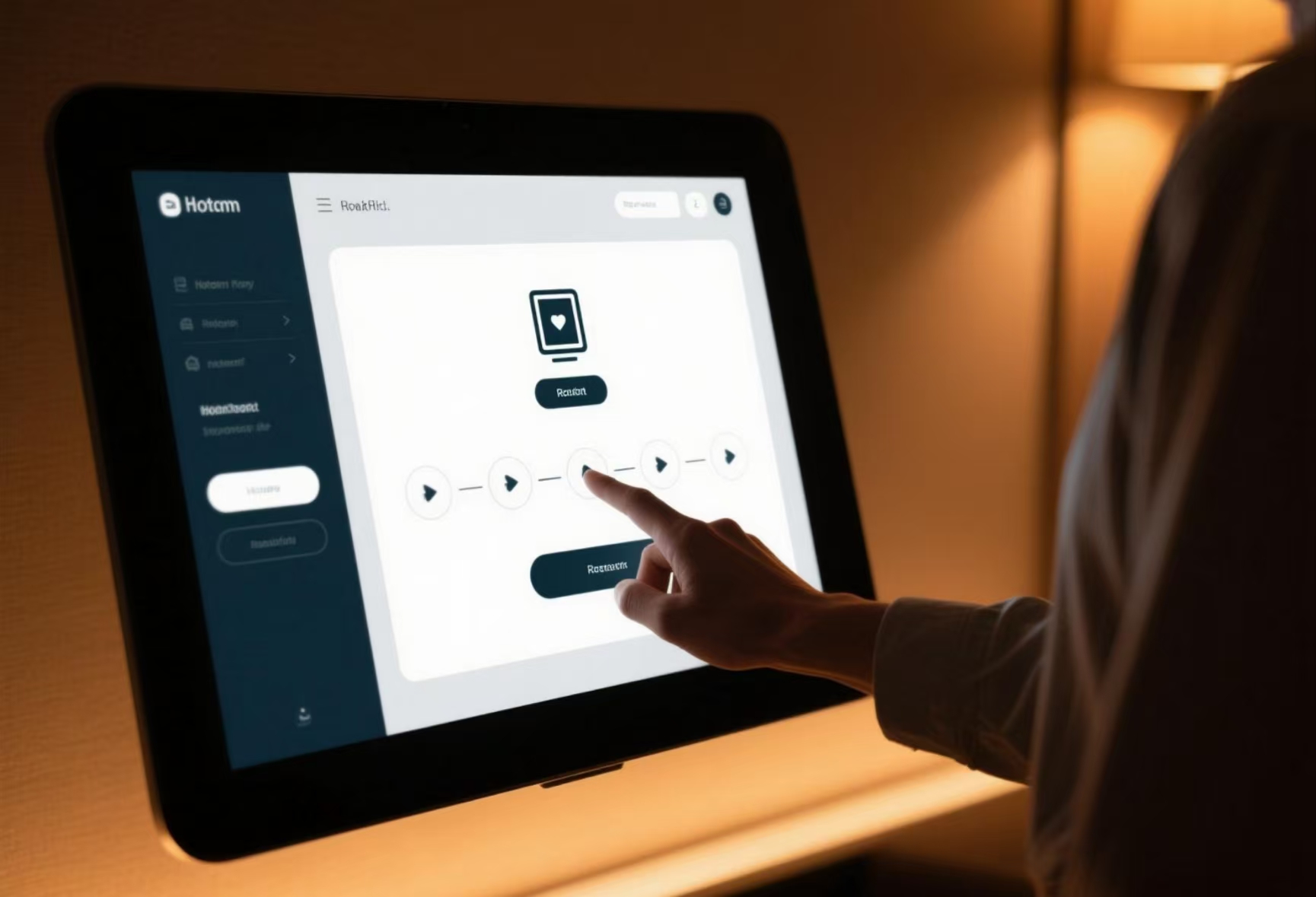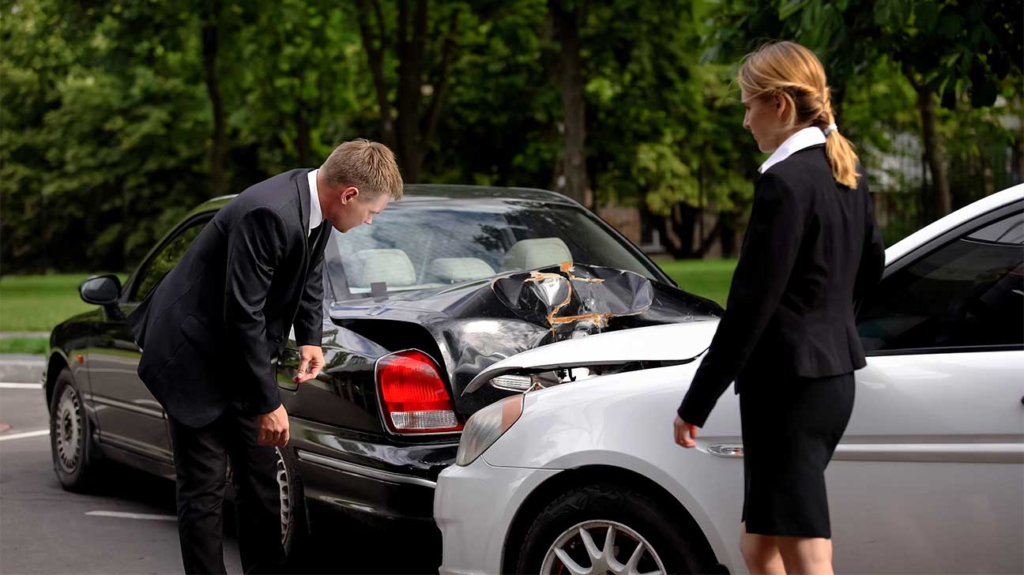Being involved in a car accident can be a traumatic experience, both physically and emotionally. If you’ve suffered injuries due to someone else’s negligence, you may be entitled to compensation through a personal injury claim car accident case. This guide will walk you through the essential steps to file a claim, what to expect during the process, and how to maximize your compensation.Here’s what we’ll cover:
- Understanding personal injury claims after a car accident
- Steps to take immediately after the accident
- How to gather evidence for your claim
- Negotiating with insurance companies
- When to hire a personal injury attorney
Let’s dive in.Understanding Personal Injury Claims After a Car AccidentA personal injury claim car accident case is a legal process where an injured party seeks compensation from the at-fault driver or their insurance company. The goal is to recover damages for medical bills, lost wages, pain and suffering, and other losses resulting from the accident.Key elements of a successful claim include:
- Liability: Proving the other driver was at fault.
- Damages: Demonstrating the extent of your injuries and losses.
- Negligence: Showing the other party failed to act responsibly.
Steps to Take Immediately After the AccidentYour actions immediately after the accident can significantly impact your claim. Follow these steps:
- Seek Medical Attention: Even if you feel fine, some injuries may not be immediately apparent.
- Report the Accident: Contact the police to file an official report.
- Document the Scene: Take photos of the vehicles, injuries, and road conditions.
- Gather Witness Information: Collect contact details from anyone who saw the accident.
- Notify Your Insurance Company: Report the accident but avoid admitting fault.

How to Gather Evidence for Your ClaimStrong evidence is the backbone of a successful personal injury claim car accident case. Here’s what you’ll need:
- Medical Records: Detailed reports of your injuries and treatment.
- Police Report: An official account of the accident.
- Photographs and Videos: Visual proof of the accident scene and damages.
- Witness Statements: Testimonies from people who saw the accident.
- Repair Estimates: Documentation of vehicle damage costs.
Negotiating with Insurance CompaniesInsurance companies often try to minimize payouts. Here’s how to protect your interests:
- Don’t Accept the First Offer: Initial settlements are usually low.
- Keep Detailed Records: Document all communications with the insurer.
- Know Your Rights: Understand what compensation you’re entitled to under your policy.
- Consider Hiring an Attorney: A lawyer can negotiate on your behalf.
When to Hire a Personal Injury AttorneyWhile some claims are straightforward, others require legal expertise. Consider hiring an attorney if:
- Your injuries are severe or long-term.
- The insurance company denies your claim or offers an unfair settlement.
- There’s a dispute over who’s at fault.
- You’re unsure about the legal process.
ConclusionFiling a personal injury claim car accident case can be complex, but with the right approach, you can secure the compensation you deserve. Remember to act quickly, gather strong evidence, and consider professional legal help if needed. By following these steps, you’ll be well-prepared to navigate the claims process and focus on your recovery.

